Screenplay, Storyboard, Episode Director:
Shinya Iino
Animation Direction:
Keita Nagahara
Prop Animation Director + “Happy Artist”:
10十10
Key Animation:
Nagahara Keita, Hiroaki Arai, Ren Onodera, Hiroaki Nakamichi, ship, Toshiyuki Satou, Kou Watani, dong hoon, Danny Cho, Ran Kamezawa, Awoi Ootani, Manami Honda, Nobuyuki Itou, 10十10, Yuuichirou Iida, Ryousuke Shirokawa, Touya Ooshima, Ayaka Tsuji, Kouhei Hirota, Shinsuke Ushiroda, Hiroaki Otsuji, Hayate Nakamura, Atsushi Irie, Kenta Katade
It’s been a while since I’ve written about anime. I believe the last time I did was also at Animehouse, not here, and what an anime to come back to.
A little side note: I’ve always known about Takopi’s Original Sin. While I haven’t read the original manga, my close friends are huge fans of it, and I was well aware it would be a dark series, especially since I’ve read a bit of The Ichinose Family’s Deadly Sins, the author’s other work. However, just from the start of this anime, I can already tell it’s going to be something special.
The anime has two sets of trigger warnings, and this is probably one of those anime that actually really need them. The anime and the topics discussed will be quite dark and deal with themes of child abuse and suicide, so please keep that in mind if you haven’t seen the anime (though if you haven’t, why are you reading this?).
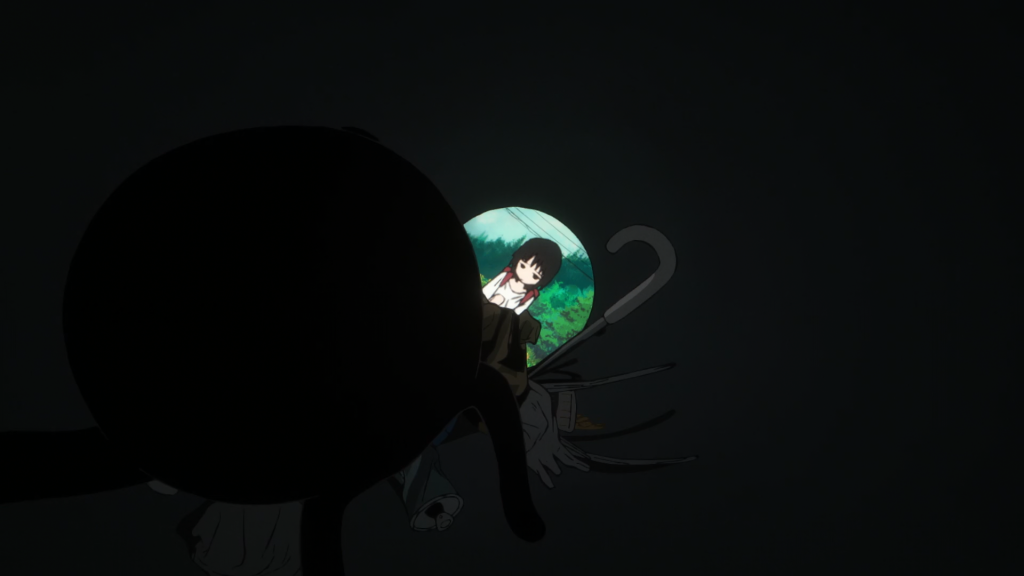
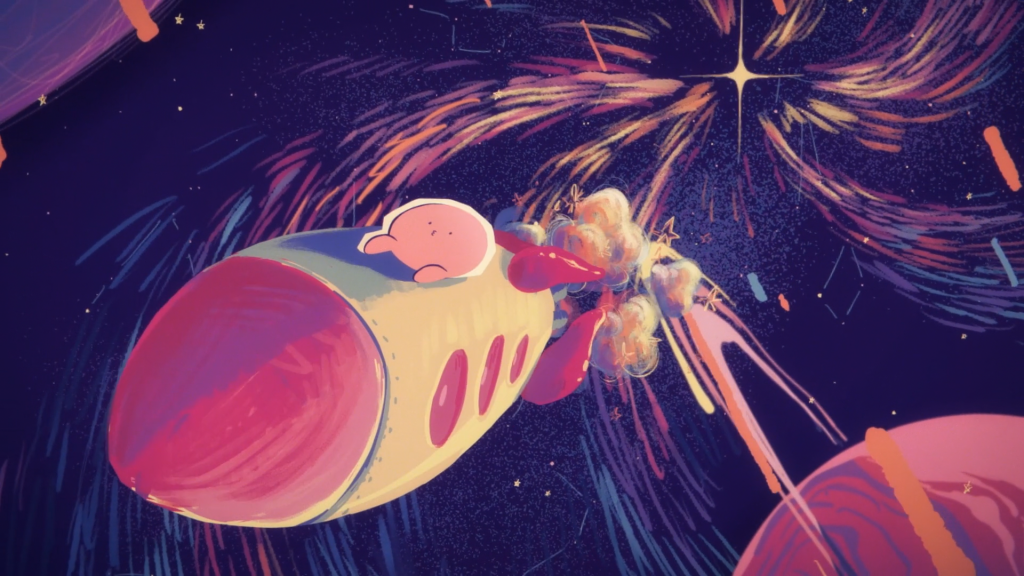
The anime begins with the meeting of Takopi (Or whatever his original name was before Shizuka gave him one) and Shizuka, starting with an almost horror-like shot of a monster emerging from a pipe. However, it turns out to be just Takopi, a helpful pink octopus creature who wants to spread happiness. The music and mood then shift to something much more whimsical, as if setting up the story of an innocent girl encountering an otherworldly creature. His short backstory is also revealed in a colorful storybook fashion. Yet the interaction feels off, because Shizuka shows little interest in this being with literal magical tools. This already hints at a darker reality, especially if the writing on her backpack wasn’t enough of a clue. The visual contrast between the expressive, lively animation and the tension of knowing something is likely very wrong creates an unsettling atmosphere. Takopi’s pure intentions and desire to help only make it all the more uncomfortable.
Takopi’s Original Sin
Takopi came to this world with Happy Gadgets, which he believes can make anyone happy. His new goal is to make Shizuka happy, the girl who kindly gave him food and named him. However, no matter what he tries, Shizuka seems to react with aloofness or indifference. One day, she says she needs to go home early to feed her dog Chappy, so Takopi tags along. He sees how happy Shizuka is when she is with Chappy and promises to take her to Planet Happy, where she will always be smiling.
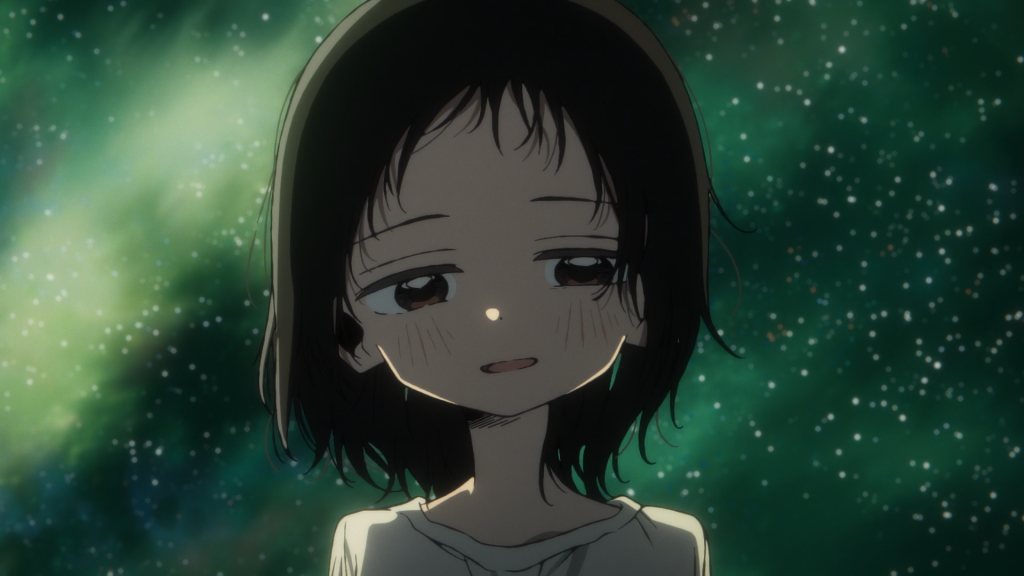
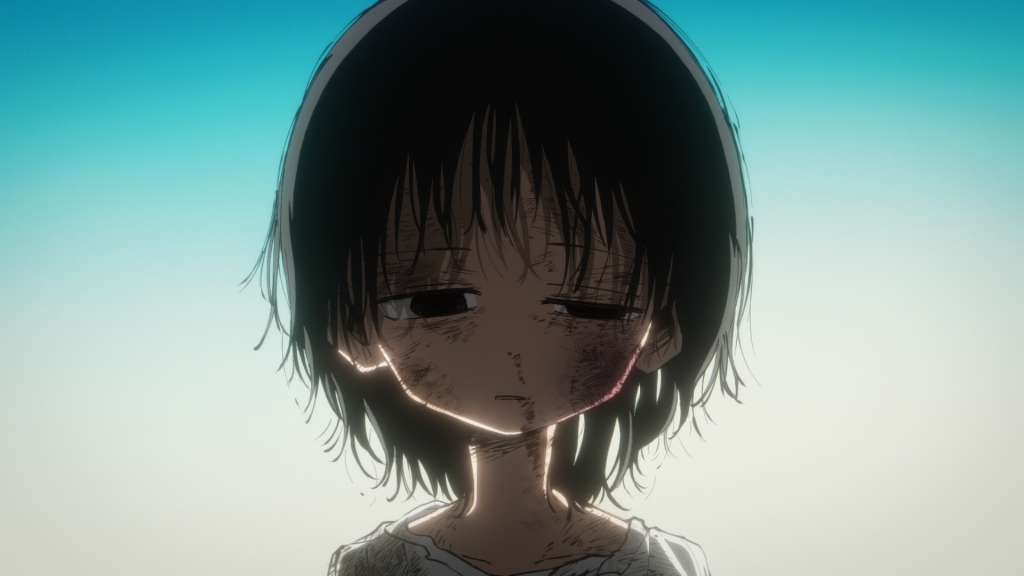
For once, Shizuka also seems to reciprocate his attention and appreciate his intention to help. However, the next day, and in the very next shot, Shizuka appears beaten up, holding a collar in her hand with no Chappy in sight. The transition between her smiling and the next scene is genuinely heartbreaking. Takopi, who doesn’t understand humans, assumes she simply had a fight with a friend and gives her a Reconciliation Ribbon that supposedly makes anyone friends again. Shizuka quietly accepts it and offers to use it herself, alone.
Takopi hesitates, mostly because he was warned on his planet that giving gifts to aliens to use alone is breaking a taboo. This is likely Takopi’s Original Sin, as the title implies. Unfortunately, this does not end well. In a harrowing scene, Takopi goes to check on Shizuka, only to find that she has hung herself.
The scene is not censored in the least. It is long, and it is uncomfortably jarring, even compared to the earlier tension in the show. This is full-blown horror. The length of the scene, combined with Takopi’s obliviousness to the fact that she is even dead, makes the moment incredibly grim. I feel like director Shinya Iino is showing off his talent here. He’s able to establish a whimsical, childlike sense of wonder at the beginning of the episode, which already hinted at some darkness. But when the story needs to go fully dark, he doesn’t make it stylized or symbolic. Shizuka committed suicide. Here it is. This is the act. He shows it in full, and I feel like he truly understands the message he wants to convey. You can cover up trouble and sadness with fun, colorful things, but at the end of the day, death is death. Suicide is suicide.
I Hope You’ll Smile Tomorrow


This is when the plot took a turn I wasn’t expecting at all, especially as someone who knows very little about the source material. Takopi uses the camera gadget, the same one he used to take a picture of Shizuka earlier, and uses it to travel back in time to when she was still alive. He also clearly mentions that the camera can only store one picture at a time, which I’m sure will become a significant plot point later on.
Takopi is quite committed this time to keeping Shizuka alive and even tries his best to help her at school. But this is where we meet what I suppose we can call the “antagonist” of sorts: Marina. In a contrasting style, we first see the childish bullying from Marina and how Takopi deals with it in a quirky way. Everyone is drawn like they’re in a children’s anime, with fun and almost jokey expressions on the background characters. However, when Marina decides to confront Shizuka because all her bullying attempts have failed thanks to Takopi, and Takopi transforms into Shizuka to talk to her on her behalf, this is when things become hard to watch.
Marina violently beats Takopi, who is currently in Shizuka’s body, and we also learn why Marina dislikes Shizuka. It’s because her father spends time with Shizuka’s mother, who is an escort. This scene might arguably be even harder to watch than the suicide itself. Unlike the cold stillness of that moment, this scene is painful. We get to see what drove Shizuka to suicide, and we also witness Takopi’s experience, having never endured anything like this before. Bullying is common in a lot of anime, but it is rarely portrayed in such a brutal and physical way, especially with characters this young. I mean the whole scene ends with Marina trying to poke the eye of who she thinks is Shizuka with a pen.
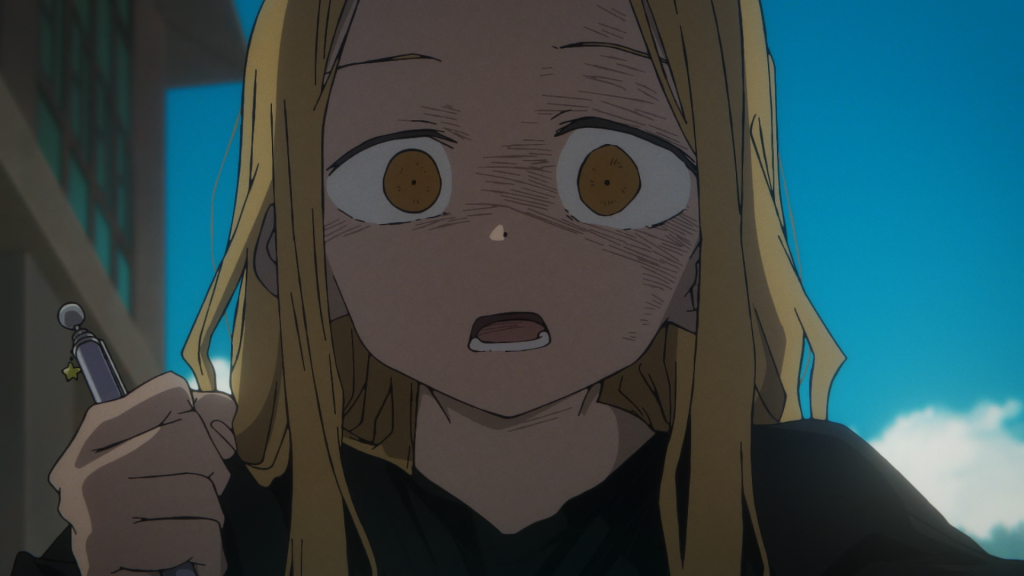
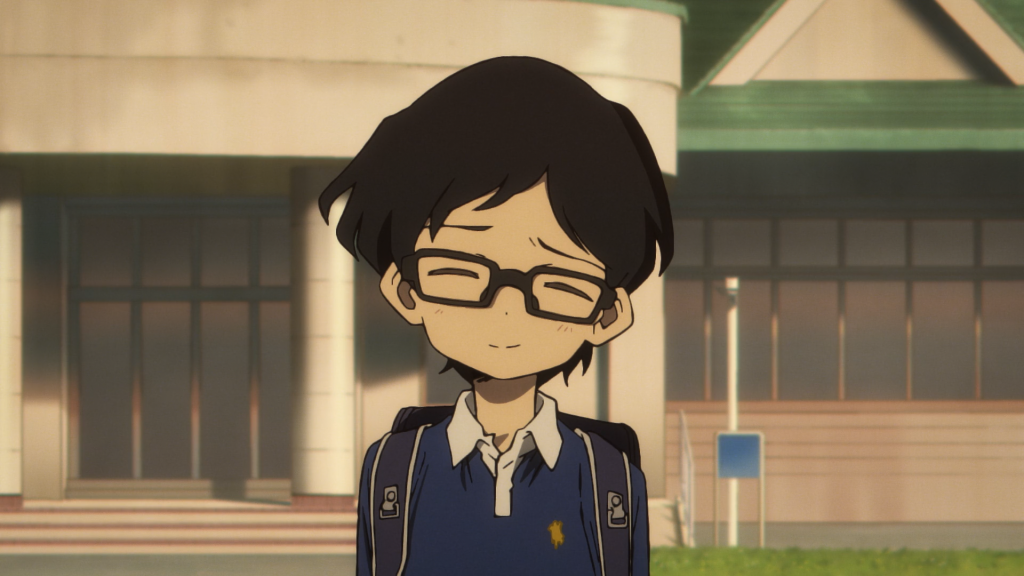
While this world overall seems to be filled with troubled children and irresponsible parents, I liked that they introduced Azuma, a boy in the same class as both Marina and Shizuka. He tried to help Shizuka in the second loop (after Takopi reset the loop and tried to help her again, but was too afraid this time to confront Marina, so he decided to call for help. A teacher and Azuma seemingly showed up). I think Azuma’s presence helps balance things out, because otherwise this world might feel almost too cynical, maybe even unrealistically so. I’m not saying these things don’t happen, but I’m glad a character like Azuma is here to show that there are still good people in the anime. He also helps soften the grueling anxiety and worry you feel watching the episode.
There’s a fairly wholesome moment between Takopi and Shizuka as she realizes that he’s been the one helping her all along. But right after that, in a fully contrasting scene, Marina goes home and finds her mom acting unhinged, ranting about her husband going to Shizuka’s mom again. As she looms over Marina, she seems less like a human and more like a monster trying to groom a child. It’s at that point we learn why Marina became the kind of monster she is to Shizuka.
I loved the debut of this show. While I normally tend to focus more on production and visual aspects (and how they relate to the story), which, by the way, are absolutely beautiful, I have to say the animation and character design work by Keita Nagahara is incredible. This is his first time working as a character designer, which is crazy, because it’s honestly one of the best anime character design adaptations I’ve seen in the last ten years.
The storyboard, direction, and script by Iino are also amazing. He can do it all. I felt whimsical when he wanted it to feel whimsical, and I felt dread when he wanted to show dread. It’s just an outstanding work from everyone involved.
The reason I didn’t go more in-depth into the production is because I really wanted to talk about Shizuka and Takopi’s story. It’s a heartbreaking situation and serves as the main catalyst for why I think a show like this is so important. Child abuse, bullying, and suicide are real issues, especially in a generation where everything keeps getting more and more messed up. I’m so glad an anime like this exists, and I can’t wait for the new episode airing this week. Hopefully, I’ll write an article about that one too.


Leave a Reply